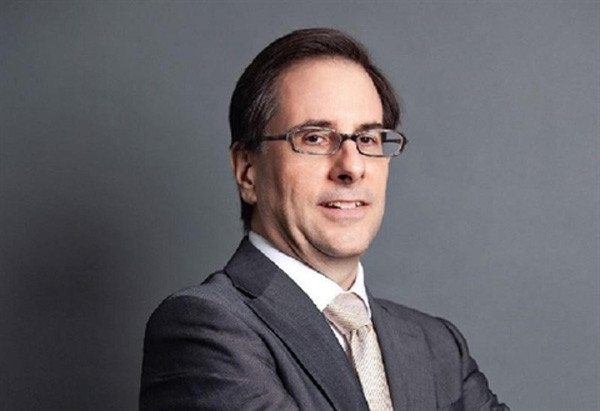Michael Kokalari, chief economist at investment fund VinaCapital, has said.

“The country’s GDP grew by 8.8 per cent year-on-year in the first nine months of the year driven by domestic consumption, and so we are lifting our 2022 GDP growth forecast from 7.5 per cent to 8 per cent.”
Consumption accounted for two-thirds of Vietnam’s GDP, and real retail sales, a good proxy for household consumption, surged 16.8 per cent, he said.
Part of that impressive growth was obviously due to the “low base effect” caused by the COVID lockdown in Q3 last year, during which retail sales fell by more than 30 per cent.
However, domestic consumption had been growing all year, including by nearly 3 per cent month-on-month in September.
Manufacturing accounted for over 20 per cent of the country’s GDP, and fairly weak growth had been expected this year due to weakening global demand for Vietnamese products.
The Government was accelerating its infrastructure spending, resulting in construction activity increasing from 3.7 per cent y-o-y growth in the first half of the year to 8.6 per cent in the first nine months.
“In 2023 we believe domestic demand would likely slow as the country’s reopening boom winds down and demand for ‘Made in Vietnam’ products continues to decline due to the slowing global economy.
“However, we expect an increase in public spending and a resumption of foreign tourist arrivals to offset some of that weakness, so we only expect Vietnam’s GDP growth to slow from 8 per cent in 2022 to 6 per cent in 2023.”
Inflation was still below 4 per cent, and the value of Vietnam’s currency has depreciated by less than 5 per cent year to date, despite the near 20 per cent surge in the value of the dolar and 10 per cent depreciation in the value of China’s currency.
The modest level of inflation partly reflected the Government’s prudent handling of COVID; the Government did not incur significant debts to support the economy during COVID, and ran a budget surplus this year.
Also, Vietnam was a food exporter, and so food inflation was below 4 per cent.
Finally, the modest depreciation in the dong illustrated the effectiveness of the Government’s efforts to stabilise it.
“Vietnam is now one of the only countries in the world where policy interest rates are above the inflation rate, making it attractive for Vietnamese savers to hold their money in dong rather than selling it to buy USD.
“In 2022 the dong has depreciated by nearly 5 per cent in the year to date, but we expect it to stabilise around the current level for the rest of this year, because US dollars continue to flow into Vietnam via FDI inflows (around 5 per cent of GDP), overseas remittances (4 per cent/GDP) and trade surplus (2 per cent/GDP), and due to the State Bank of Vietnam’s adept interventions in the currency market.
“These are reasons why we expect Vietnam to de-couple somewhat from the difficult global economic conditions the world is likely to experience over the next 1-2 years.”
The Government’s recent rate hike was the latest in a series of policy moves aimed at maintaining a stable exchange rate, which would in turn also help protect the interests of foreign investors.
“In our view, the current market turmoil offers investors an attractive opportunity to buy Vietnamese stocks based on growth and price, given their current cheap valuation of 11x forward P/E versus 15 per cent expected EPS growth in 2022, making them especially attractive compared to the average 15x forward P/E ratio of regional peers (Indonesia/Malaysia/Thailand/The Philippines).
Source: Vietnam News